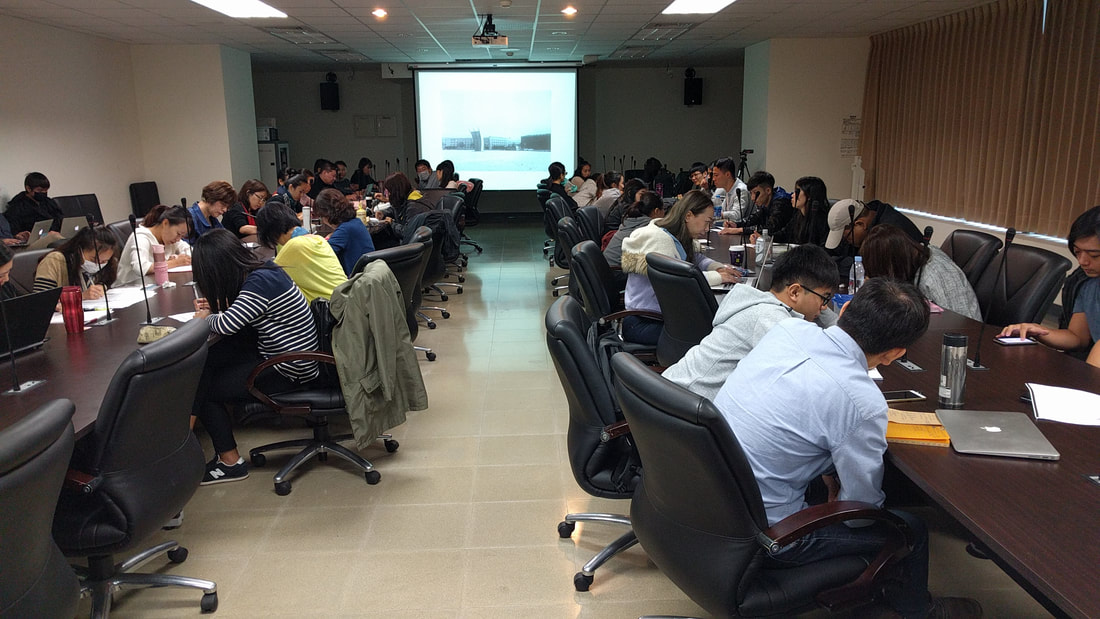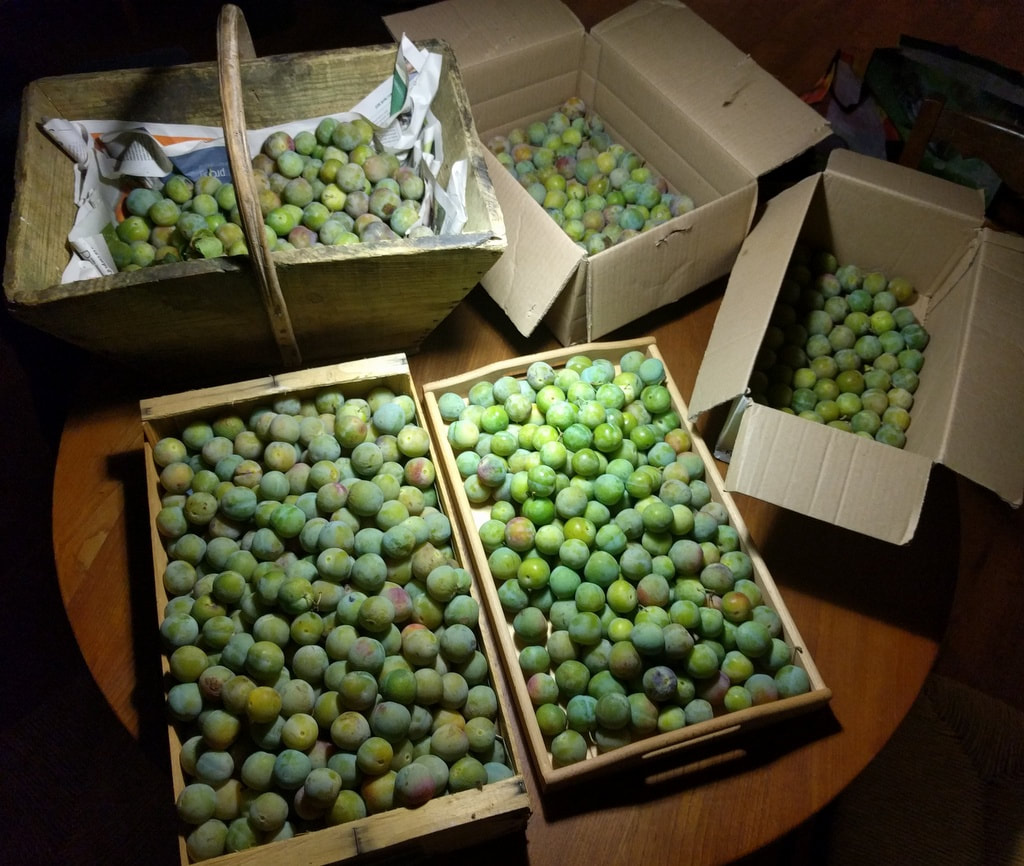My friend’s words seemed to provide a clue about why I had been earning my living as an editor and ‘writing coach’ for so many years. My main purpose was (and remains) to help people bring some kind of order into their thinking and writing. I also encourage them to create elegant sentences, make plentiful use of examples and stories, bring in fresh words and avoid unhelpful clichés and meaningless abstractions.
When you think about it, the craft of editing is a strange combination of the poetic and the unpoetic. Typically, the editor’s prime aim is to remove the ambiguities and stumbling blocks that get in the way of reading and understanding. Poems, by contrast, often make use of suggestive ambiguity.
Another aspect of editing is precision, which I think goes hand in hand with order. It is hard to imagine a piece of writing being orderly if the words and phrases were lazily chosen or the sentences muddled and vague. I would even go as far as to say that precision can be beautiful. And writing can require more precision than speaking. As one of my favourite authors, Walter J Ong, put it:
“To make yourself clear without gesture, without facial expression, without intonation, without a real hearer, you have to foresee circumspectly all possible meanings a statement may have for any possible reader in any possible situation, and you have to make your language work so as to come clear all by itself, with no existential context. The need for this exquisite circumspection makes writing the agonizing work it commonly is.”
And what about beauty? The best way to find and understand it in writing is surely to read great works of literature, whether classical or modern, fiction or nonfiction, prose or poetry. Part of what makes an author great must surely be that they have an aesthetic sense of language and choose their words meticulously.
We cannot all be T S Eliots, but it is perfectly possible to learn to pay attention to the quality of words – their shape and sound, the associations they spark and the metaphors that lurk within them. Just think about that word lurk, for instance! Which reminds me what a revelation the book Metaphors we live by by Lakoff and Johnson represented for me. In it the authors reveal the ubiquity of unconscious metaphors in our everyday language.
This may all be obvious to poets and to readers of Shakespeare and Keats, but the rest of us can learn to write better if we pay close attention to the quality of words.
I may praise order and beauty but I also know that I can only be a good editor and writing coach if I recognise the natural complexity of the more-than-human world. So, when I help someone create order and beauty in their writing, I am fully aware that human experience itself is and always will be disorderly and messy. And yet, and yet… a clear, precise and beautiful piece of writing can help both writer and reader ‘make sense’ of this disorderly experience.
I realise that for some people an editor is a kind of pseudo-schoolmistress who takes pleasure in exposing her pupils’ grammar and spelling mistakes. But what I am suggesting here is that those of us who work as editors can and should go far beyond making people’s writing ‘correct’. (And by the way, some award-winning authors, such as George Sanders, break grammar rules with great effect.) Beauty matters in writing too.




 RSS Feed
RSS Feed